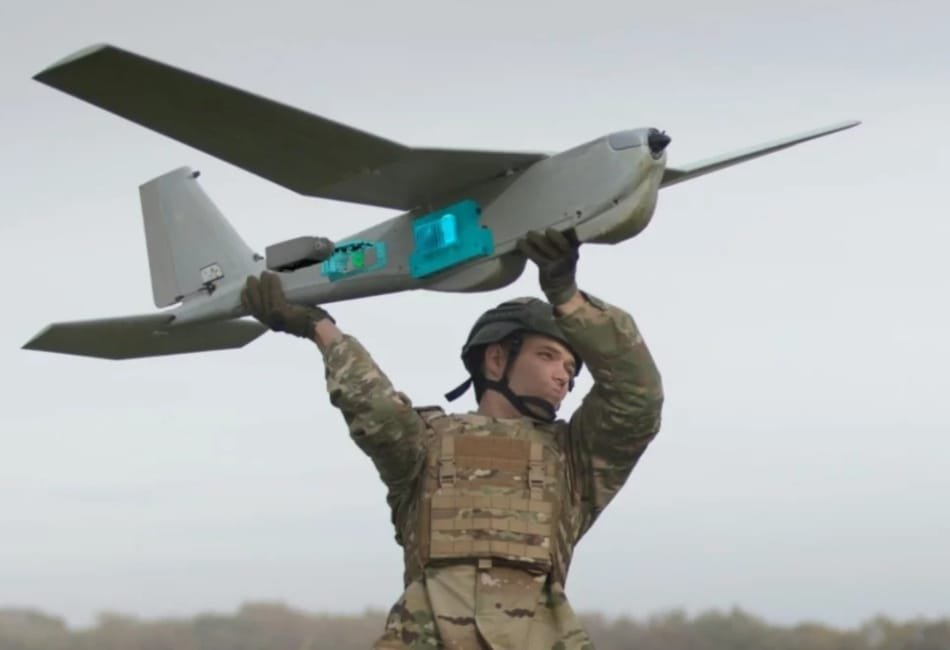
US Army Selects AeroVironment for a $1 Billion Contract to Provide Long-Range Weapons for Its Infantry
AeroVironment Inc., based in Simi Valley, California, has been awarded a significant contract valued at $990 million by the U.S. Army. This hybrid contract, which includes both fixed-price and cost-plus-fixed-fee elements, aims to enhance the capabilities of dismounted infantry units by providing them with advanced long-range weapons. The goal of this contract is to equip U.S. infantry units with stand-off capabilities, enabling them to neutralize a variety of high-value targets on the battlefield effectively.
Under the terms of the agreement, AeroVironment will develop and supply systems capable of destroying tanks, light armored vehicles, hardened targets, defilade positions, and personnel. These capabilities are essential for modern infantry units facing increasingly sophisticated threats in diverse combat environments. The contract represents a significant investment in modernizing U.S. Army infantry formations, ensuring they remain capable of addressing a wide range of tactical challenges.
The bidding process for this contract was conducted online, with AeroVironment being the sole bidder. Specific details regarding work locations and funding allocation will be determined with each order placed under this contract. The project is expected to be completed by August 26, 2029.
AeroVironment Inc., founded in 1971 by Dr. Paul B. MacCready, is an American company specializing in unmanned technologies. Over the years, it has evolved into a key player in the field of autonomous systems for military, government, and commercial applications. Initially recognized for its innovations in human-powered and solar-powered aircraft, the company later focused on developing drones and loitering munitions for the armed forces.
AeroVironment designs and manufactures a wide range of drones that play a crucial role in reconnaissance, surveillance, and precision strikes. Among the most notable drones is the Switchblade, a loitering munition designed for precision strikes. The Switchblade 300 is optimized for targeting personnel, while the Switchblade 600 is designed to neutralize armored vehicles. These drones have gained popularity, particularly for their use by U.S. armed forces and their allies, including in recent conflicts in Ukraine.
Another flagship product is the Puma, a lightweight and easily transportable drone used for mid-range reconnaissance. Its enhanced version, the Puma LE (Long Endurance), offers extended endurance, making it ideal for prolonged surveillance missions. The Wasp III, a mini-drone also hand-launched, is used for short-range missions, while the Nano Hummingbird, inspired by the flight of a hummingbird, provides a discreet solution for close-range reconnaissance.
In parallel, AeroVironment has developed the VAPOR, a UAV helicopter with vertical takeoff and landing capabilities, suitable for various missions ranging from reconnaissance to payload delivery. The Snipe, a compact quadcopter, is designed for quick and short-range surveillance missions.
The drones produced by AeroVironment not only meet current technological needs but also anticipate future challenges. The recent acquisition of Tomahawk Robotics by AeroVironment for $120 million illustrates this strategy by integrating multi-system control capabilities that will allow multiple autonomous vehicles to be managed simultaneously with a single user interface.
The close partnership between AeroVironment and the U.S. Army is reflected in numerous contracts. For example, the Switchblade is regularly integrated into the U.S. military’s armament programs, valued for its ability to deliver precise strikes without directly exposing soldiers.


